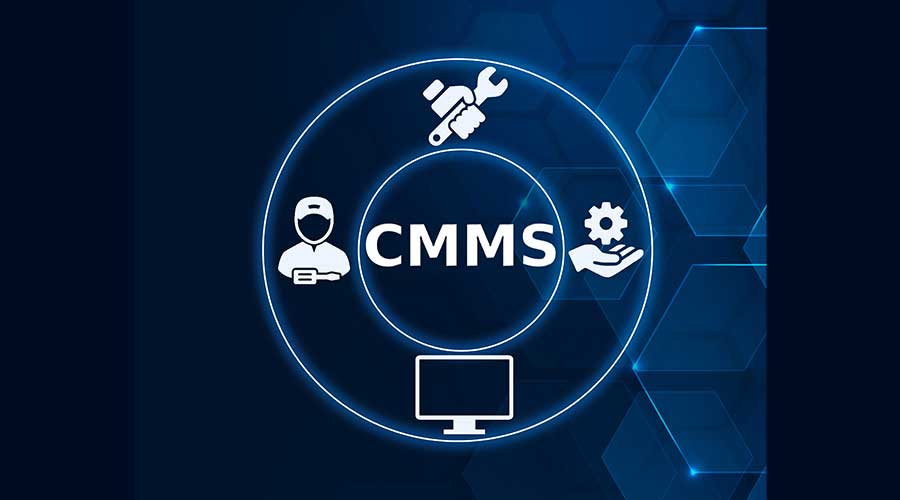Look For Third-Party Validation On Energy Optimization Products
February 19, 2016
To make an informed decision that cuts through the marketing hype and the allure of bells and whistles about energy optimization products, be sure to validate that a product will work. A major benefit of third-party certifications is that they help to validate the claims the manufacturer or service provider is making, so facility managers can be a little more confident in their decision. "That tells us there's validity to the claims because you're looking for a reputable third party to bless it," says Bob Holesko, corporate director of engineering, The Kessler Collection. "That's giving that product credibility out of the gate."
Reputable is a key term here. There are many third-party certifiers out there. It is up to facility managers to consider which they may or may not consider as reputable. Third-party validation can come in many forms: certifications from industry-related organizations, collaboration with one of the national energy labs, or awards from industry associations and journals, to name a few. "That's another thing to give credibility to the data," Jim Cooke, president and CEO, The J. Fisher Group says. "An independent third party has reviewed it and has said, this is accurate information. That's another way to weed out the pretenders from the contenders."
In addition to validating claims, third-party certifications can be used as a tiebreaker between otherwise comparable products. The same can be said for understanding how the service provider or manufacturer measures its own internal sustainability performance. Going after certification through ISO (International Organization for Standardization), for example, is no small thing and it speaks to how confident a manufacturer or service provider is in its own processes. Making sure the supply chain aligns with the goals of the company is becoming a more common consideration for facility managers, making it important to seek proof through aspects such as the manufacturing facility being LEED certified, for example.
"It is a distinguisher between a company that wants to sell a product to make money, and a company that wants to sell a product supporting a mission or a goal that they themselves support," says Scott Offermann, C.E.M., managing director, critical operations manager, Cushman & Wakefield. "My concern is that if all they're trying to do is sell product because they don't care about reducing energy or saving the environment or tracking their own carbon, how then can they associate that with my goals, which can be all of the above?"
Today’s quick read comes from Naomi Millan, senior editor, Building Operating Management. Read more.
Next
Read next on FacilitiesNet









